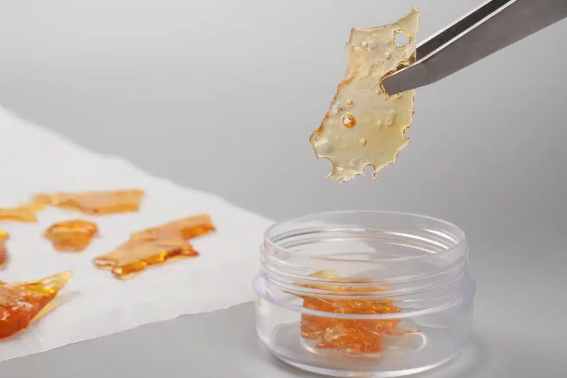Rosin and BHO Extraction: Which One Aligns with Your Preferences?

When it comes to extraction methods, the debate often centers on which technique best suits individual needs. Have you wondered what factors make one process preferable over another? Understanding how different methods work can help in determining the ideal choice for personal or professional use.
In the comparison of extraction techniques, two popular options often discussed are solvent-based and solventless methods. Specifically, rosin vs. BHO has become a significant topic for those seeking efficiency, quality, and safety. Both methods provide unique advantages, making it crucial to explore their differences in detail.
What Sets Solventless Extraction Apart?
Solventless extraction, such as pressing, involves no chemical solvents, relying solely on heat and pressure to extract cannabinoids and terpenes. This method is often praised for its simplicity and the safety it offers compared to solvent-based alternatives. Since no chemicals are involved, it reduces the risks of residual solvent contamination, making it an appealing choice for health-conscious users.
Beyond safety, solventless extraction is relatively easy to perform and requires minimal equipment. Many home-based enthusiasts find it accessible, as all you need is a heat press and parchment paper. The final product is often ready for immediate use, providing convenience without compromising quality. Additionally, this process tends to preserve more of the plant’s natural flavor, giving the concentrate a richer, more authentic taste.
Why Solvent-Based Methods Are Popular
In contrast, solvent-based extraction techniques utilize chemicals like butane to isolate essential compounds from the plant material. These methods are renowned for their efficiency, often producing larger yields than their solventless counterparts. By effectively extracting even trace amounts of cannabinoids, the process results in a highly potent concentrate.
Professionals in the industry often favor solvent-based methods for their consistency and scalability. This technique allows for the creation of various products, including shatter, wax, and live resin, each with distinct textures and potencies. However, the process requires specialized equipment and expertise to ensure safety and quality control.
Comparing Quality and Potency
Quality is a key factor when deciding between solventless and solvent-based extractions. Solventless methods are widely appreciated for producing pure, flavorful concentrates. Without the introduction of chemicals, the final product retains the plant’s original terpene profile, offering a robust and aromatic experience.
On the other hand, solvent-based techniques excel in potency. The chemical process isolates specific cannabinoids more efficiently, resulting in concentrates with higher THC or CBD levels. These stronger effects appeal to those seeking intense experiences or medicinal benefits that require powerful products.
Key Considerations: Equipment and Expertise
Choosing the right method also depends on the equipment and expertise you’re comfortable with. Solventless techniques typically involve simple tools like heat presses and parchment paper, making them accessible to beginners. The process requires minimal training, allowing even novices to produce high-quality concentrates with ease.
In contrast, solvent-based extraction necessitates specialized machinery and a controlled environment to ensure safety. This method demands a higher level of expertise, as improper handling can lead to hazardous situations, including fire risks and chemical exposure. The initial investment in equipment and training may be daunting, but it pays off for those aiming for large-scale production.
Which Factors Should Influence Your Decision?
Several factors should guide the choice between these two methods. These elements are essential to weigh when determining the most suitable extraction method for your needs. Considerations might include:
- Purpose: Whether the goal is personal or commercial production.
- Safety Concerns: The level of comfort with handling chemicals or heat.
- Flavor vs. Potency: Preferences for natural taste or stronger results.
- Budget: Costs associated with equipment and materials.
- Environmental Impact: Solventless methods are often seen as more eco-friendly.
Safety and Environmental Impacts
Safety is a critical aspect to evaluate. Solventless extraction minimizes risks, as it avoids potentially harmful chemicals. This approach reduces the chances of inhaling or ingesting residual solvents, making it a safer alternative for many. Conversely, solvent-based techniques require stringent safety protocols. Proper ventilation, training, and handling practices are essential to mitigate risks.
While these precautions can ensure a secure process, they might not be practical for casual or home-based setups. Environmental considerations also play a role. Solventless methods have a smaller ecological footprint, as they don’t rely on chemicals that can contribute to pollution. For eco-conscious users, this approach offers a way to enjoy high-quality concentrates while minimizing environmental harm.
Ultimately, when it comes to rosin vs. BHO, selecting one boils down to your specific goals and preferences. Whether you prioritize a clean, solvent-free process or aim for maximum potency and yield, each method offers unique advantages. Both techniques have their own peculiarities, catering to a wide range of users. By understanding the key differences, you can make a choice that best fits your needs and enhances your experience.
839GYLCCC1992




Leave a Reply